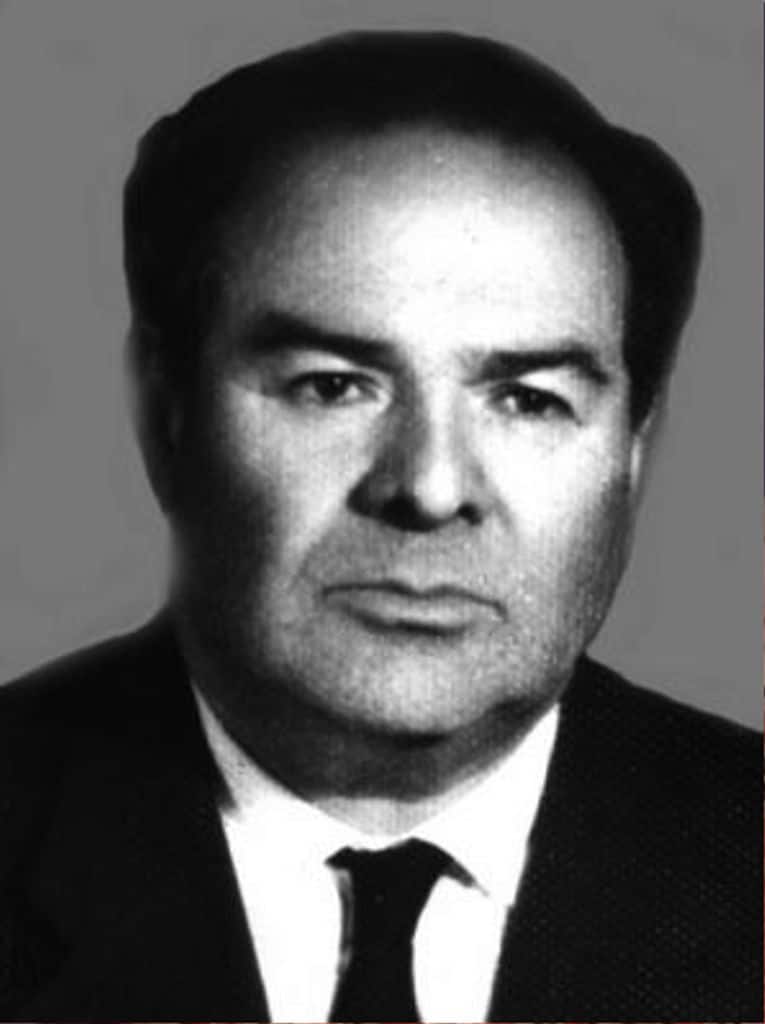Death of Kostandin Hovhannisian (June 6, 1984)

Kostandin Hovhannisian is better known as the head of the excavations of Erebuni, the ancient Urartian fortress that was the foundation of Yerevan.
He was born in Tiflis (Tbilisi), Georgia on December 19, 1911. He was the son of renowned cardiologist Levon Hovhannisian. He graduated from the Yerevan Polytechnical Institute in 1932 and immediately began to work in the studios of Armenian architects Alexander Tamanian (1933-1934) and Nikoghos Buniatian (1934-1941). He was secretary of the steering committee of the Architects Union of Armenia (1932-1937). He participated in World War II. As an architect, Hovhannisian designed various Soviet-style apartment and public buildings that sprang around the city of Yerevan.
In 1950 he was appointed the director of an excavation team that dug up the ancient Urartian fortress of Erebuni, located on the hill of Arin Berd to the southeast of modern-day Yerevan. It was Hovhannisian who had initially identified Arin Berd as the location of Erebuni, based on inscriptions found in the surroundings of the city. Hovhannisian used the remnants of Erebuni as a basis for reconstructing the fortress with the look that it would have had when it was built in 782 B.C.
Hovhannisian remained director of the excavations of Erebuni until 1972. He was also director of the Committee of Protection of Architectural Monuments (1952-1979) and taught at the Yerevan Polytechnic Institute from 1955 to 1971. He earned the titles of Emeritus Worker of Art (1961) and Emeritus Architect of Armenia (1968). He authored the books Erebuni (1968), The Frescoes of Erebuni (1973), and The Renovation of Architectonical Monuments in Soviet Armenia (1978), as well as several books in Russian.
Hovhannisian was the husband of Anna Ter-Avetikian, the first female architect of Armenia. He passed away on June 6, 1984, in Yerevan.
